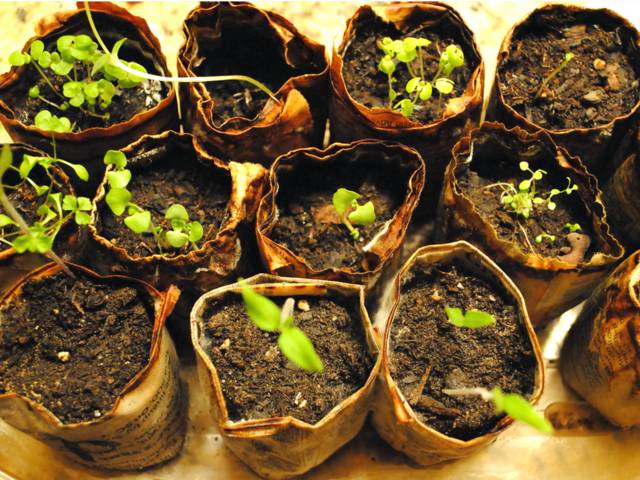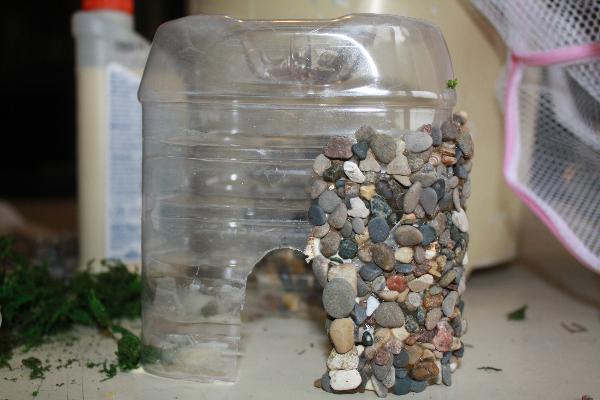Begonias are a crowd favorite, and for good reason. These hardy plants have flowers and leaves with different colors, textures and sizes, which makes them work in any garden environment and adapt very well to any decoration we choose.
Tips for the care and cultivation of begonias.
Begonias are annuals and easy to grow in containers or hanging baskets. Although certain varieties harbor pink, white, red, or orange flowers, these hardy plants are often easily grown. Begonia leaves come in almost any color and pattern and add texture and interest to the garden. Here’s what you need to know about these high-impact, high-foliage plants.
Types of begonia.
- Angel Wing: Also known as reed begonia, this type has long stems with “joints” in them. As the name suggests, these begonias have leaves that look like angel wings.
- Rex– Rex begonias are the best-known class. They are rhizomatous, which means that they generally grow horizontally and with shortened stems. Commonly grown as a houseplant for their foliage, these are also known as painted leaf or graceful leaf begonias.
- Rieger– This category of flowers blooms in winter. Rieger’s begonias require cool temperatures and short days to bloom.
Varieties of begonias.
The wide variety of begonias within the three types is what makes these plants so popular. They can be used in almost any garden. The larger varieties are ideal for landscaping and create a dramatic effect when planted en masse.
The smaller varieties are suitable for container gardens and will not crowd out the other plants. Some begonia plants have single flowers with only one row of petals, while others have double flowers with numerous rows of petals. There is a begonia that looks just right for anywhere in the garden.
How to cultivate them?
Begonias are annual, so it will be necessary to plant every year. The best time to plant begonias is after the possibility of frost has passed. Begonias are slow to get going, so don’t be put off if there are no flowers right away. They usually have a burst of growth after the summer heat kicks in.
The begonias wax work very well when planted in the shade. The newer varieties of wax begonias do very well from full shade to full sun. Be sure to check the nursery label for the recommended light for each variety.
At planting time, add compost or topsoil to improve soil fertility and help it retain moisture. If you want to plant begonias in containers or hanging baskets, look for the Begonia bolviensis and types of angel wings, which cascade down.
How to take care of them?
Begonias are also popular because they are inexpensive to maintain. In hot climates, begonias can bloom year-round. Pruning is done in spring in this climate.
In colder climates, they can be brought indoors and treated as houseplants for the winter. Pruning can be done in the fall in more temperate climates.
To prune, cut the stems to the first or second healthy shoot from the tip. This forces the plant to branch out at the point of the cut, resulting in more stems, flowers, and leaves. Besides the occasional pruning, they don’t require much more maintenance.
Most types of begonias need constant watering, but leaving the soil too moist is also not recommended. After plenty of watering, be sure to place them in well-draining pots so that excess water can drain. If planted in the ground, stick a finger into the ground to determine how wet the soil is. If the top is dry but the soil is moist about an inch below the surface, wait a day or two to water.
Spraying the plants with water on the hottest days will also help them maintain the cool conditions they like.
When it comes to fertilizers, begonias prefer their fertilizers to be well diluted. Once the flowers appear, regular fertilization begins, but be careful not to fertilize too often. Rex begonias are especially sensitive to excess fertilizers, and highly concentrated fertilizers can burn the foliage of begonias.
Nourish tuberous begonias with a low dose of high nitrogen liquid fertilizer twice a month from first growth to late May. After that, go back to using balanced dilute fertilizer or low nitrogen fertilizer.









